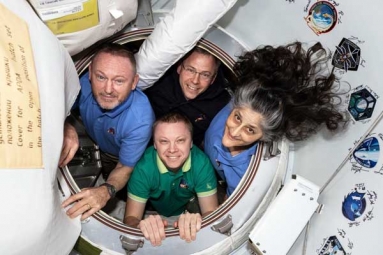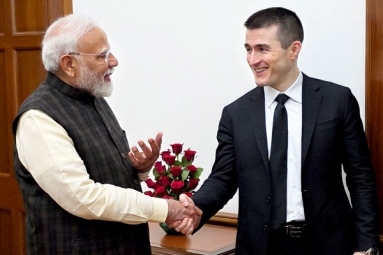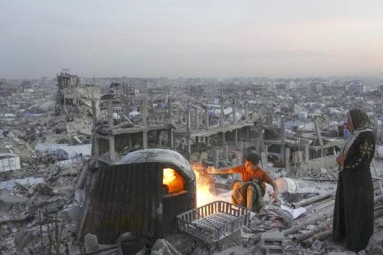
Kimber Biggs has remembered the disappearance of her sister, Mikelle Biggs, 18 years later.
The 11 years old blond, hazel-eyed girl had been determined to wait as she rode her younger sister’s bike in big circles at the road’s T-intersection.
The 9 years old watched, holding onto their dog’s leash, until she became too cold. She had been going inside to grab a coat. She said that She would be back.
The girl hollered her sister’s name as she walked out to the sidewalk and peered down the street. “It’s time to come in. Mom said so!”. She got no response.
Her sister was not there and the bike had been strewn on the street, closer to their house.
The two quarters given to her sister by their mother, which should be spent on her favorite gumball Popsicle, had been spotted nearby. But the girl had vanished.
18 years have passed since Mikelle Biggs had been disappeared on January 2, 1999. Kimber Biggs, her sister was the last person to see her.
Mikelle’s disappearance had drawn national attention almost from the moment Tracy Biggs reported her daughter, the eldest of the four children, missing. It had generated the most intense investigation in the Mesa Police Department’s history, with more than 800 pieces of evidence collected and more than 10,000 tips received.
The response by Mesa police and neighbors was swift indeed. Within 30 minutes, a helicopter was in the air with officers on a loudspeaker announcing that they had started the search for a child.
Anurag Thakur fired as BCCI chief!
Police had conducted door-to-door searches and volunteers also distributed Mikelle's photo from Lindbergh Elementary School, where she was an honor-roll student. The area became saturated as the desperate hunt continued.
The image of the girl against a pale blue background had been plastered in store window fronts, car dashboards and on freeway billboards where space had been donated.
Kimber said to The Republic in a recent interview that the outpouring of support had been immediate and overwhelming,.
Mikelle was one of Arizona's 59 missing children in the National Institute of Justice’s Missing and Unidentified Persons System, a database under the U.S. Department of Justice.
Their refrigerator door became hard to close as it was jammed with pots of homemade chicken soup with noodles, potato casserole; cakes and a 20 pound ham. Neighbors had started storing food in their own freezers for the family.
The National Missing Children Organization told The Republic in a 1999 interview that the response after Mikelle's disappearance had been one of the biggest the organization has witnessed for a missing-child case.
A few weeks later as men, women and children had marched down Mesa’s downtown to celebrate the life of the Rev. Martin Luther King Jr they used the occasion to spotlight Mikelle. Amid the procession there was the poster-size image of the girl.
The sign in a parade photo taken by a Republic photographer read, “We love you Mikelle.” Marchers had stopped to say a prayer for the little Mormon girl.
By Prakriti Neogi










